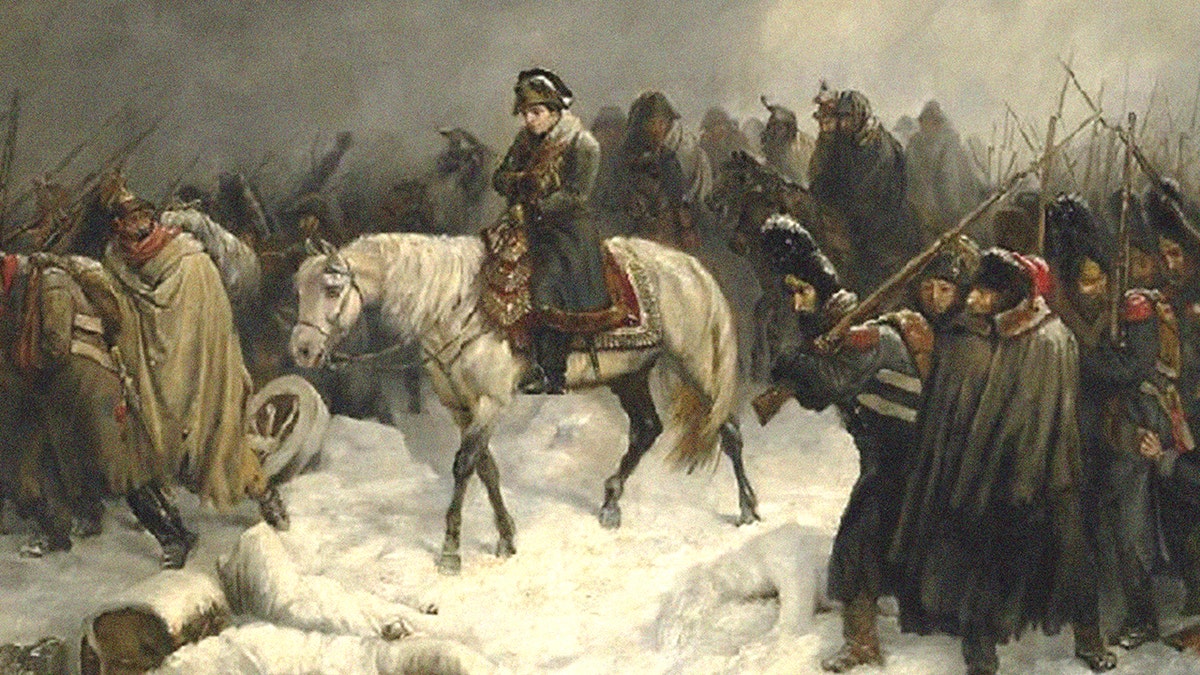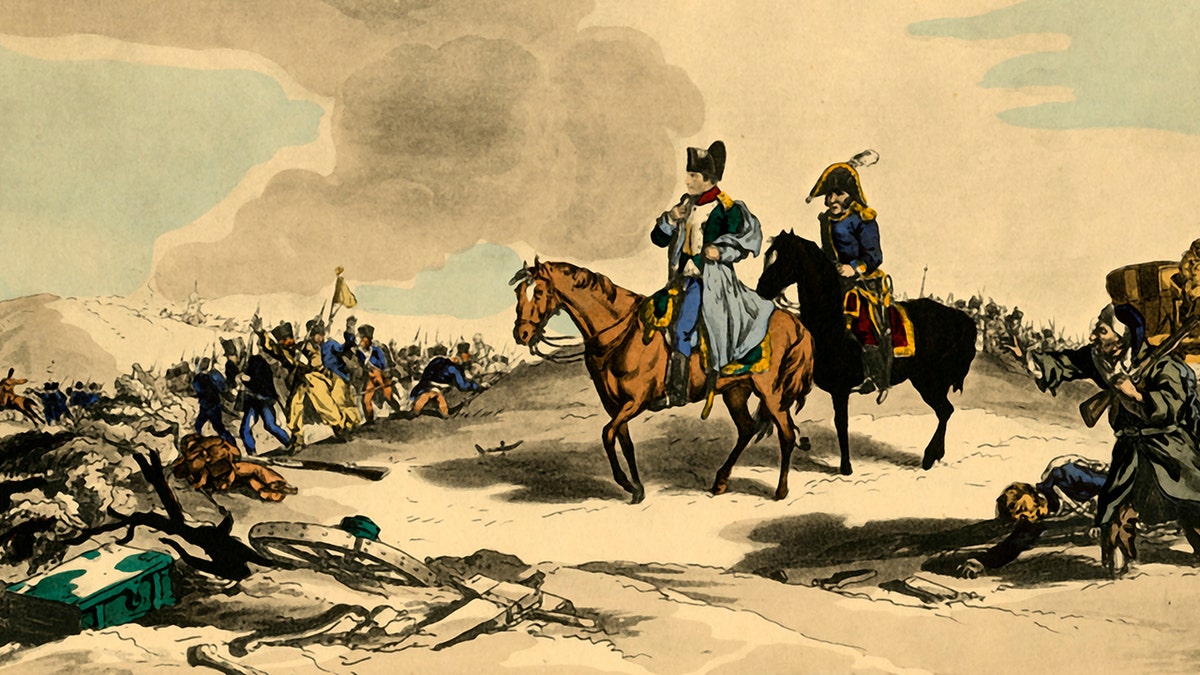Deadly pathogens found in Napoleon’s 1812 Russian retreat soldiers
NEWYou can now listen to Fox News articles!
Scientists say they’ve discovered traces of the deadly pathogens that ravaged Napoleon’s soldiers during his doomed 1812 retreat from Russia — offering a clearer picture of the circumstances of the French general’s downfall.
A study published in the journal Current Biology on Nov. 3 analyzed DNA from the teeth of French soldiers who were buried in a mass grave in Vilnius, Lithuania.
The soldiers served under Napoleon during his disastrous invasion of Russia in the winter of 1812. They were among the roughly 300,000 French Grande Armée soldiers who perished in the campaign.
ANCIENT ESTATE TIED TO GROUP IN THE BIBLE UNEARTHED WITH ‘FASCINATING’ TREASURES IN ISRAEL
The teeth contained bacteria that causes paratyphoid fever and louse-borne relapsing fever, said the researchers — indicating that several infections circulated among the soldiers who were weakened by hunger and the freezing temperatures.
These two pathogens had not been identified previously among Napoleon’s soldiers, though historians have documented the harsh conditions of their deaths for over two centuries.

Scientists say new DNA evidence from a Vilnius mass grave reveals deadly infections among Napoleon’s retreating soldiers. (Fine Art Images/Heritage Images/Getty Images)
After marching into Moscow, Napoleon’s campaign quickly unraveled. The French emperor was forced to retreat amid the harsh Russian winter, dwindling supplies and fierce counterattacks.
Study author Nicolás Rascovan, speaking to Reuters, said Vilnius “was a key waypoint on the 1812 retreat route.” The mass grave contains the remains of up to 3,000 soldiers.
CLICK HERE TO SIGN UP FOR OUR LIFESTYLE NEWSLETTER
“Many soldiers arrived exhausted, starving and ill,” the microbiologist said.
“A substantial number died there and were interred rapidly in mass graves.”
“[The study] lets us put names to infections that symptom-based accounts alone cannot resolve.”
Rascovan said that starvation, numbing temperatures and typhus were long known as major causes of death, but that the study conclusively proves that paratyphoid fever and louse-borne relapsing fever were also present.
CLICK HERE FOR MORE LIFESTYLE STORIES
These “may have contributed to debilitation and mortality,” Rascovan added.
Four of the 13 soldiers tested positive for the paratyphoid fever bacterium, while two others tested positive for the relapsing fever bacterium.

The findings shed light on the health crises that compounded Napoleon’s military collapse in 1812. (The Print Collector/Heritage Images via Getty Images)
Both bacterial infections cause fever, headache and weakness, and can spread quickly in crowded, unsanitary conditions.
TEST YOURSELF WITH OUR LATEST LIFESTYLE QUIZ
Paratyphoid fever is spread through food and water, while louse-borne relapsing fever is spread by body lice.
Rascovan emphasized that studying ancient DNA “lets us put names to infections that symptom-based accounts alone cannot resolve.”

Napoleon’s Grande Armée faced hunger, exhaustion and infection as the troops fled Russia’s brutal winter conditions. (VCG Wilson/Corbis via Getty Images)
“The co-occurrence of pathogens with different transmission routes underscores how dire sanitary conditions were,” he said.
CLICK HERE TO GET THE FOX NEWS APP
“Future work across more sites and individuals will refine the disease landscape of 1812.”
Reuters contributed reporting.
Source link
editor's pick
latest video
Sports News To You
Subscribe to receive daily sports scores, hot takes, and breaking news!




